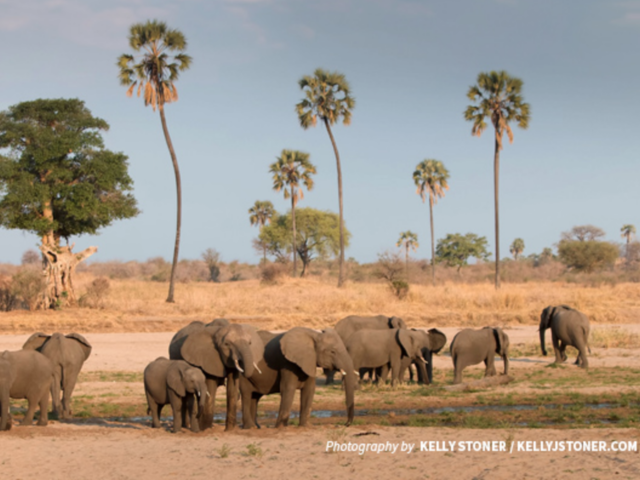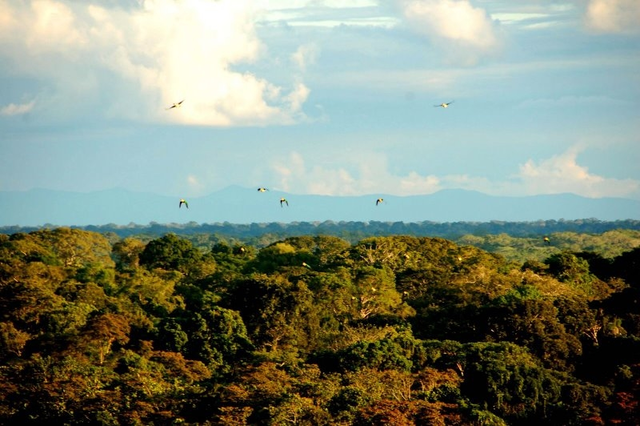The Fynbos habitat of South Africa is home to many endangered and rare plant species. Some of these plant species are found only in the Fynbos, a small, coastal habitat patch native to southern South Africa.
These endemic species do not include the Port Jackson Willow.
The Port Jackson Willow (Acacia saligna) is native to Australia. But, in the past 200 years, it has spread to South Africa through human agriculture and gardening. And the tree species has been thriving — spreading across the country and out of control. The trees are displacing native vegetation and destroying ecosystems all over the African Cape — including the rare Fynbos.
So what is one to do when alien trees are destroying your ecosystem?
You burn them.
One of Rainforest Trust’s partners in South Africa, the South African Tortoise Conservation Trust, cleared the Port Jackson Willow from the Geometric Tortoise Preserve they created along with Rainforest Trust. Once the trees were cut and uprooted, they were ready for burning.
But, as we’ve seen time and time again, solving one conservation problem often opens the door to solve another one at the same time.
The Geometric Tortoise Preserve has some of the last remaining habitat for the Critically Endangered Geometric Tortoise (Psammobates geometricus). And fires are a natural part of many ecosystems. But if an uncontrolled fire were to consume the preserve, it may make the land uninhabitable for the tortoises or even kill the tortoises who live there.
Seeing as the preserve is likely home to 50 percent of the entire population of the species, a destructive fire would be, eh, less than ideal.
One of the best protections from spreading forest fires is also one of the simplest — the fire break. By lowering the vegetation around the border of a protected area, we can reduce the organic matter available for a fire to consume. Made simple: less dry grass means a lower likelihood of a fire spreading into the preserve. But the threat of fire remains possible — strong, dry winds can push a raging wildfire over a firebreak. That’s why these firebreaks also serve as access roads, allowing fire-fighting equipment to move around the preserve in case a fire does spread inside.
To create the fire break around the Geometric Tortoise Preserve, our partner could have spent hours weed-whacking. Or, they could use a bunch of wood from an invasive species already lying around that needed burning anyway.
Guess which option they chose?
That’s right, they piled the Port Jackson Willow wood around the border of the preserve and lit it on fire. With careful management, this created a solid fire break. In addition, Port Jackson Willows are easy fodder for a spreading wildfire, so their removal reduces the likelihood of a fire spreading further inside the preserve. [Insert the conservation-appropriate equivalent of “two birds, one stone.”]
Invasive species management and avoiding the threat of wildfire (not to mention much of conservation) can feel Sisyphean. But with solutions such as this, sometimes we get the mountain to roll the boulder for us.






